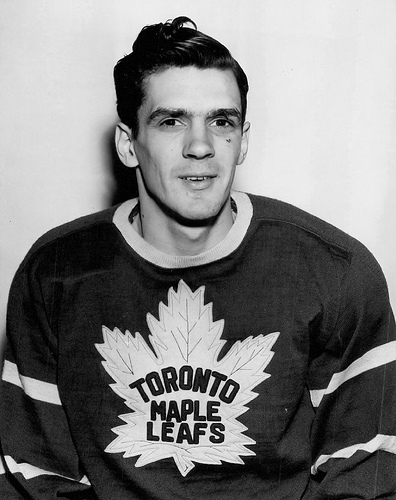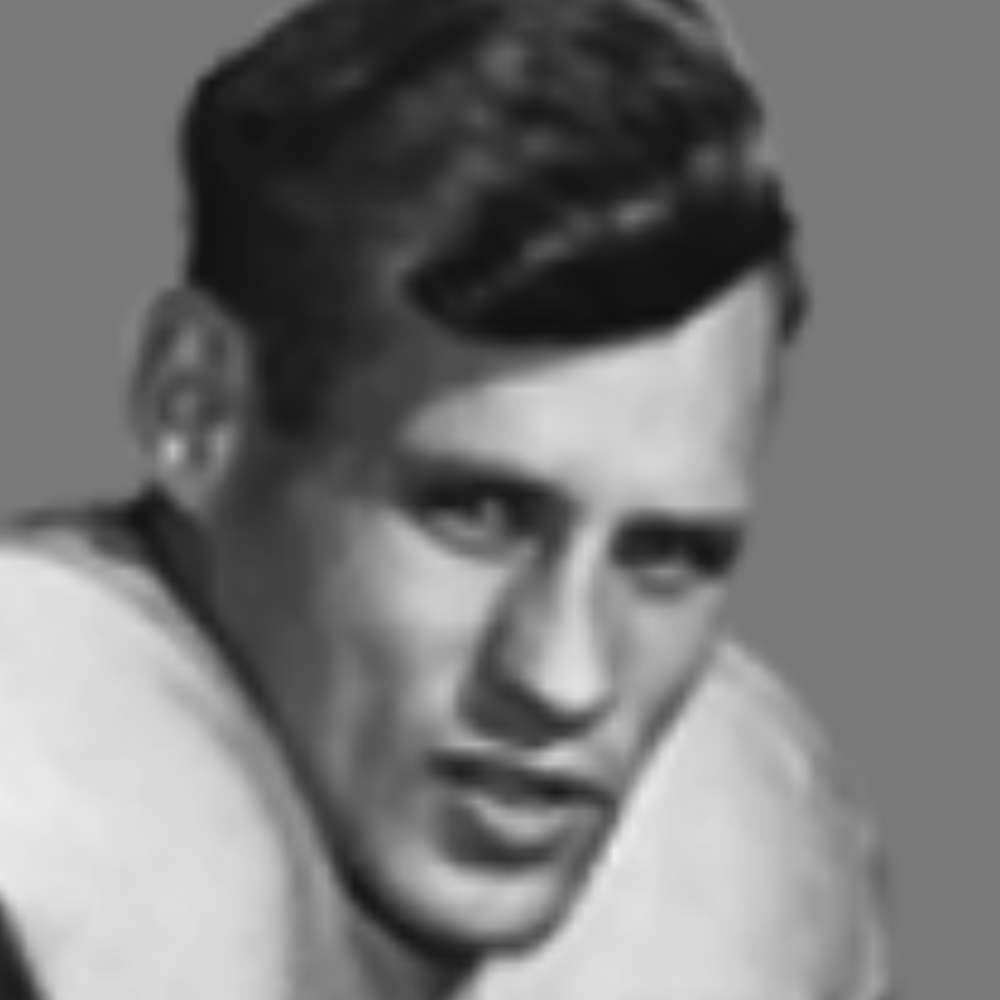Bob Pulford has excelled at every aspect of hockey: Player, Coach, and General Manager.
Growing up in Weston he played a variety of sports – football for Weston Collegiate, lacrosse and hockey, as part of the Toronto Maple Leafs organization. He also found time to graduate from McMaster University. From 1956 on when his playing career began, he collected 643 points (281 goals, 362 assists) in 1,079 games. During the Leaf’s glory-days in the sixties, Pulford earned four Stanley Cup rings. He was an outstanding penalty killer, registered four 20-or-more goal seasons and was an NHL All-Star six times. He ranks in the Maple Leafs’ Top Ten in goals, assists, points, and games played.
When he retired as a player, Pulford became Head Coach with the Los Angeles Kings. The team developed rapidly under his direction, and in the 1974-1975 season, posted a 42-17-21 record for 105 points. Pulford was named NHL “Coach of the Year.”
After five successful seasons in L.A., Pulford joined the Chicago Blackhawks as Head Coach and General Manager. He led the Blackhawks to a first place finish in the Division and was again named “Coach of the Year.” Twice he relinquished his coaching position to concentrate on management, only to assume it again in mid-season to revive a struggling Hawk team. Under Pulford the Blackhawks won eight division titles and made the Playoffs in 20 consecutive seasons. He posted a 361-325-136 record as an NHL Coach.
In 1990 the Blackhawks’ President, William Wirtz, appointed Bob Pulford Senior Vice President, giving him more input into the crucial areas of team business and marketing. Noted for his meticulous attention to detail, he has said that if he hadn’t had a hockey career, “I probably would have been a lawyer.” Then two seasons later, Pulford was once more called on to take over as General Manager.
Pulford played an extensive role in developing the National Hockey League’s early collective bargaining agreements. In 1967, he became the NHL’s first Player Union President. Today, he plays a key role as Alternate Governor for the team and sitting on the advisory committee to league ownership.
His accomplishments earned him election into the Hockey Hall of Fame on June 21, 1991.
Pulford is also credited with bringing more respect to hockey in the United States as Head Coach of Team USA during the 1976 Canada Cup.
In 1997, after 20 successful seasons in which the Blackhawks always made the playoffs, Pulford stepped down as General Manager. He stepped back twice more, however, between then and June, 2005, always returning to his role as Senior Vice President.
“Pully,” as he is often called, and his wife Roslyn have four children – Wanda, Rob, Lindsay and Jennifer and eight grandchildren. When he’s not involved with hockey, he can be found restoring old automobiles, a long-time hobby, playing golf or fishing.










